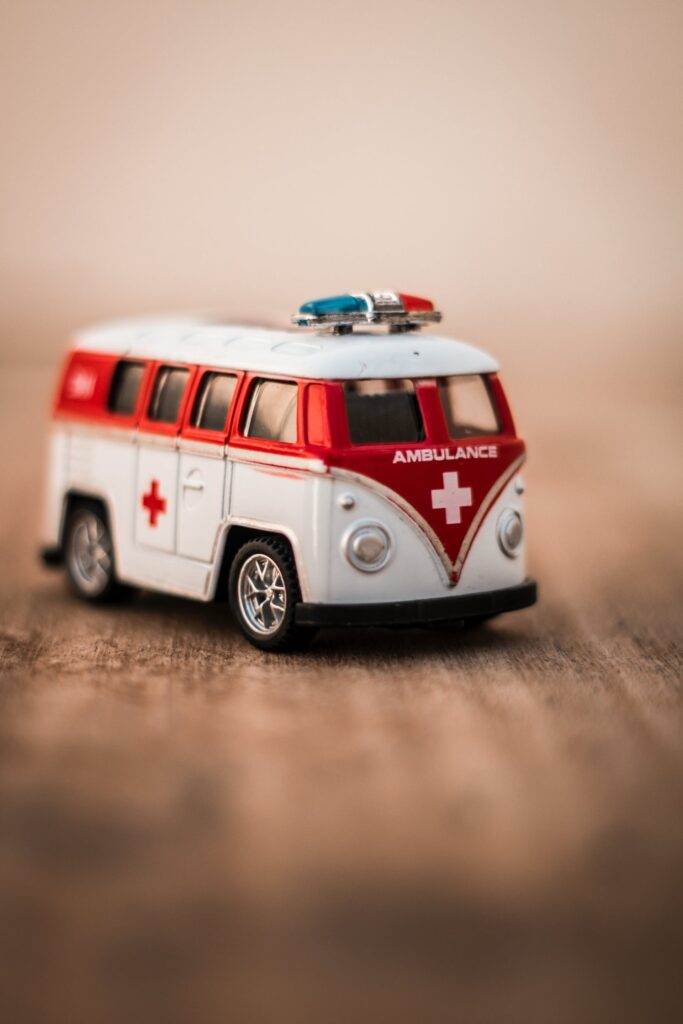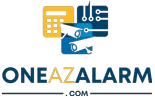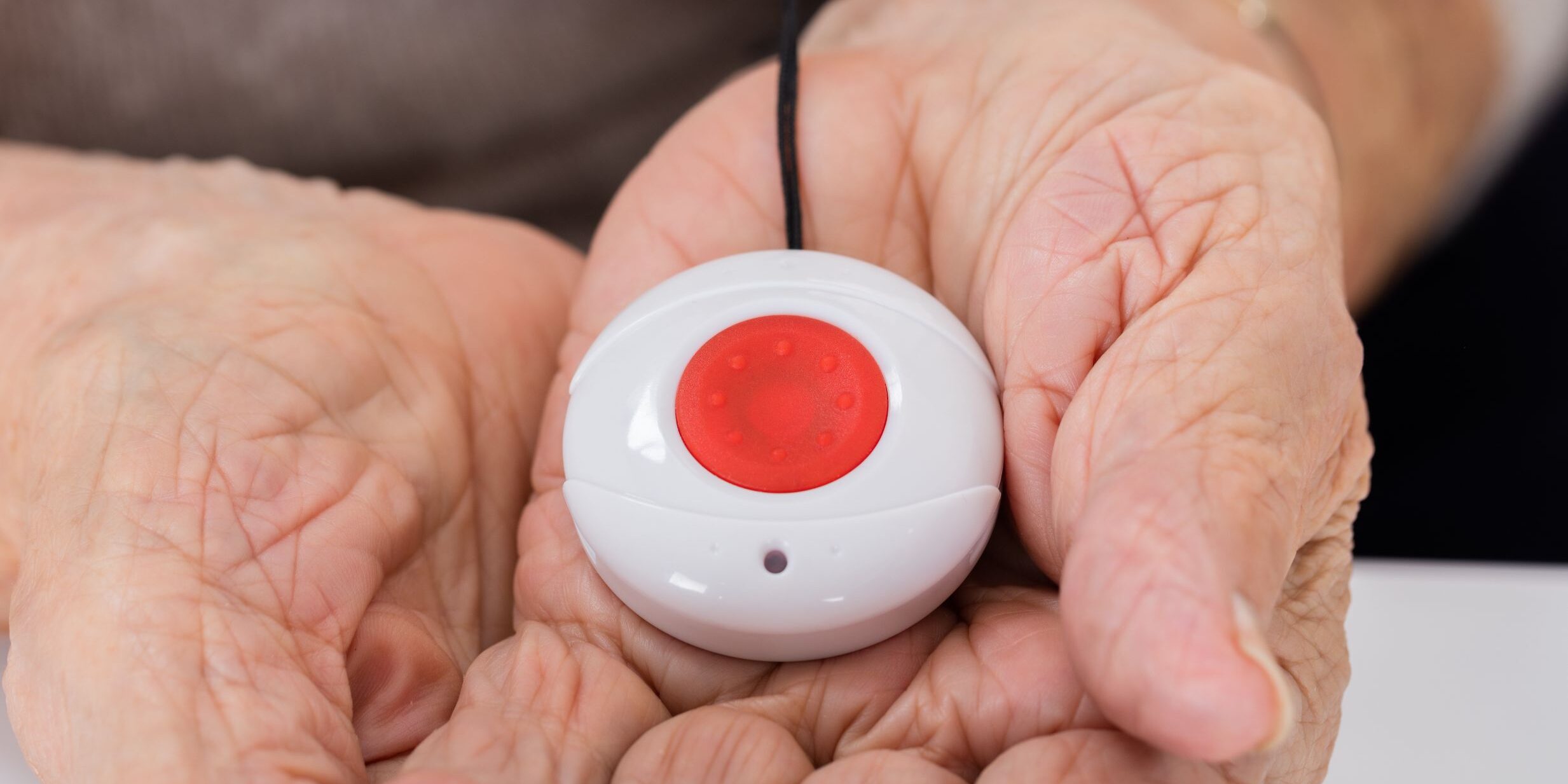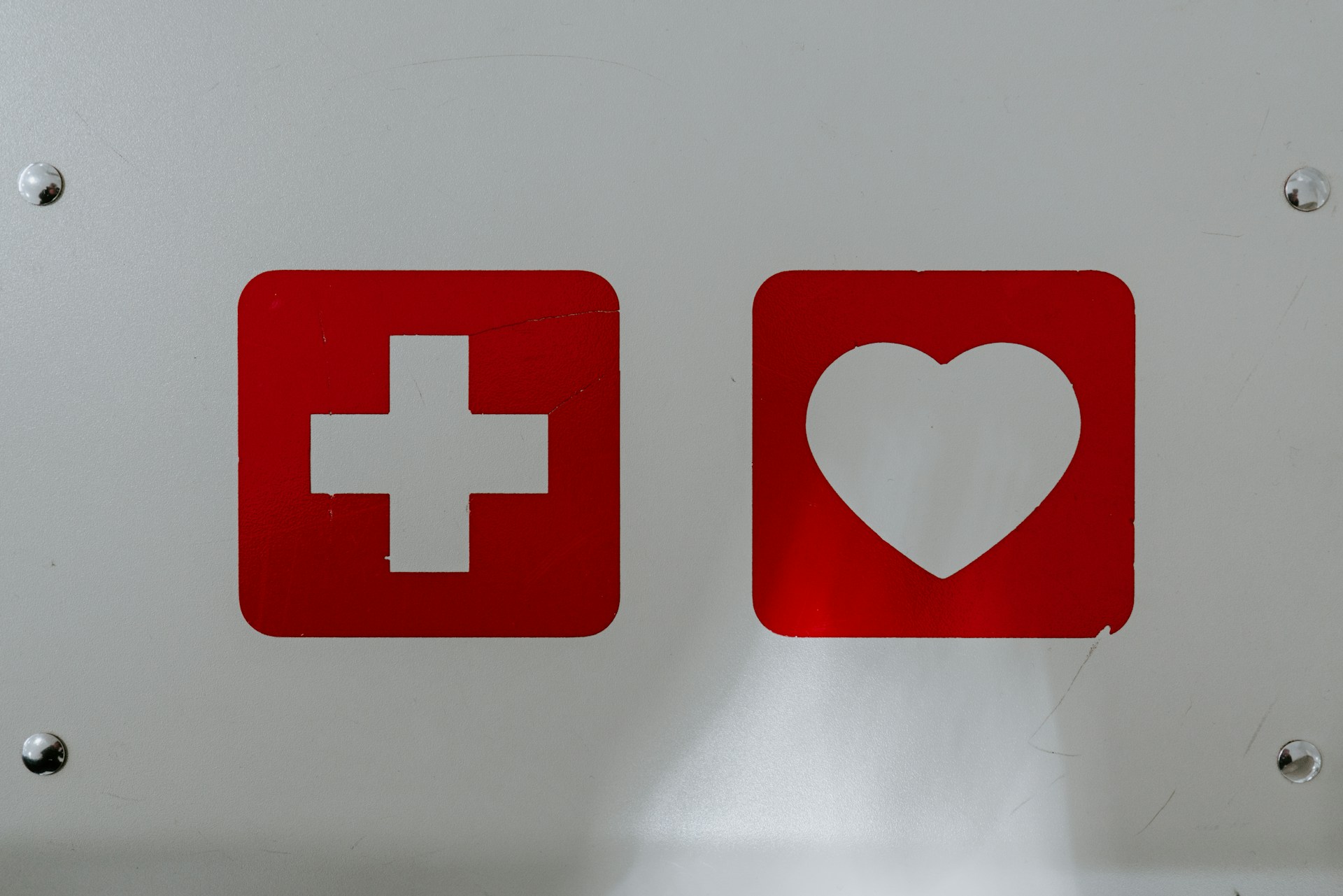A panic button is a device or feature designed to provide a quick and easy way for individuals to call for help or assistance during emergencies. It is typically a physical button, often brightly colored and easily accessible, that triggers a response from emergency services, security personnel, or designated responders when pressed.
Uses of Panic Button
Panic buttons are used in various settings to enhance safety and security. Here are some typical applications of panic buttons:
-
Home Security:
- In home security systems, a panic button is often included as a remote control or a separate device. It allows homeowners to quickly alert a monitoring center or law enforcement in case of a break-in or other emergency.
-
Commercial and Business Security:
- Businesses and commercial properties may install panic buttons at crucial locations, such as cash registers or front desks. Employees can activate these buttons to request immediate assistance in the event of a robbery, violence, or other emergencies.
-
Medical Alerts:
- Many medical alert systems for seniors include a wearable panic button, often a pendant or wristband. Pressing the button alerts emergency services or designated caregivers in case of a medical emergency or fall.
-
Public Transport:
- Public vehicles, such as buses and trains, may be equipped with panic buttons for drivers or passengers to signal the authorities in an emergency, such as a medical crisis or security threat.
-
Schools and Educational Institutions:
- Panic buttons can be found in schools and educational institutions, allowing staff to quickly request assistance in lockdowns, security breaches, or medical emergencies.
-
Hotel Rooms:
- Many hotels offer guests panic or emergency call buttons, typically near the bed or bathroom. These buttons allow guests to request assistance in case of fire, medical issues, or security concerns.
-
Elderly Care Facilities:
- In nursing homes and assisted living facilities, staff members may carry panic buttons to call for help when dealing with residents’ medical emergencies or disturbances.
-
Retail Stores:
- Retail establishments, especially those open late hours or in high-crime areas, often have panic buttons at cash registers or discreet locations for employees to use during robberies or security incidents.
-
Public Spaces:
- Some public spaces, such as parking garages or elevators, may have panic buttons that allow individuals to call for assistance if they become trapped or feel unsafe.
-
Domestic Violence and Personal Safety:
- Personal safety devices, like smartphone apps or wearable devices, can function as virtual panic buttons, allowing individuals to send distress signals to designated contacts or emergency services.
The primary goal of a panic button is to expedite emergency response and improve the safety of individuals in distress. Depending on the system or device, pressing the panic button can trigger alarms, alert authorities, and provide critical information about the location of the emergency. It is essential for enhancing personal and public safety in various situations.
Different Types of Panic Button
Panic buttons come in various types, each designed for specific applications and user needs. Here are different types of panic buttons commonly used in multiple settings:
-
Wireless Remote Panic Buttons:
- Home security systems often use these kinds of panic buttons. Small, portable devices can be carried or placed around the house. When activated, they send a wireless signal to the security system’s control panel, triggering an alarm.
-
Fixed Location Panic Buttons:
- Fixed location panic buttons are typically mounted at specific spots, such as reception desks, cash registers, or security checkpoints. They are commonly used in commercial settings to alert authorities or security personnel during emergencies.
-
Personal Wearable Panic Buttons:
- These are compact, wearable devices designed for individuals to carry with them at all times. They may be in the form of pendants, wristbands, or keychain fobs. Users can press the button to call for help, such as during medical emergencies or personal safety concerns.
-
Mobile Panic Apps:
- Many smartphones have panic button apps that can be downloaded and activated. These apps allow users to send distress signals to designated contacts or emergency services with a button. Some apps also include features like GPS location tracking.
-
Vehicle Panic Buttons:
- Some vehicles, primarily cars equipped with security or anti-theft systems, have a panic button on the key fob or inside the car. Pressing this button activates the vehicle’s horn and lights, signaling an emergency.
-
Elevator Panic Buttons:
- Elevator cars are often equipped with emergency buttons that passengers can press to alert building security or emergency services if they become trapped or experience an issue while inside the elevator.
-
Public Transport Panic Buttons:
- Public buses, trains, and trams may have panic buttons installed for passengers and drivers to signal the authorities in emergencies, such as assaults, medical crises, or security threats.
-
Hotel Room Panic Buttons:
- Some hotel rooms have panic buttons near the bed or in the bathroom. Guests can use these buttons to request assistance in case of a fire, medical problem, or security concern.
-
Security System Key Fob Panic Buttons:
- Security system key fobs often include panic buttons that homeowners commonly use for added security. These buttons can trigger an alarm or alert the monitoring center.
-
Nursing Home or Elderly Care Panic Buttons:
- Staff in nursing homes and elderly care facilities may carry personal panic buttons or pendants to call for help in case of resident emergencies or disturbances.
-
Retail Panic Buttons:
- In retail stores, especially those open late hours or in high-crime areas, employees may have access to panic buttons near cash registers or discreet locations. These buttons are used during robberies or security incidents.
-
School Panic Buttons:
- Educational institutions may have panic buttons in various locations, such as offices or classrooms, to enable staff to request assistance during lockdowns, security breaches, or medical emergencies.
-
Mass Notification Systems:
- In some settings, such as large campuses or public venues, mass notification systems include panic buttons that can be activated to initiate emergency alerts and evacuations.
These various types of panic buttons are essential for enhancing safety and security in diverse settings. They allow individuals to call for help quickly and ensure a rapid response during emergencies.
Typical Benefits of Panic Buttons
A panic button offers several advantages to personal safety and security. These advantages can differ depending on the specific type and application of the panic button, but here are some expected benefits:
-
Rapid Emergency Response:

- One of the primary advantages of a panic button is the ability to summon help or assistance during emergencies quickly. Pressing the button can initiate an immediate response from authorities, security personnel, or designated contacts.
-
Enhanced Personal Safety:
- Personal wearable panic buttons provide a sense of security to individuals, especially when they may feel vulnerable or at risk. Knowing that assistance is just a button press away can boost confidence and peace of mind.
-
Medical Assistance:
- Panic buttons are valuable for individuals with medical conditions or seniors living independently. They can use the button to request medical assistance or alert caregivers in case of falls, accidents, or health emergencies.
-
Deterrence:
- The presence of visible panic buttons can deter potential criminals or perpetrators. Knowing that a quick response can be triggered may discourage criminal activity.
-
Reduced Response Time:
- Panic buttons significantly reduce the time it takes for first responders or security personnel to reach the scene of an emergency. It can make a critical difference in home invasions or medical crises.
-
Safety in Isolation:
- In remote or isolated settings, such as hiking trails or rural areas, personal panic buttons can provide a lifeline to emergency services or rescuers when help is not readily available.
-
Discreet Use:
- Some panic buttons are designed to be discreet, resembling everyday objects like key fobs or jewelry. It allows individuals to call for help without drawing attention to themselves.
-
Confidential Alerts:
- Panic buttons can be configured to send alerts discreetly to designated contacts or authorities. It can be crucial in situations where victims of domestic violence or harassment need to request assistance without alerting aggressors.
-
GPS Location:
- Many modern panic buttons, especially mobile apps, include GPS tracking capabilities. It enables responders to pinpoint the exact location of the emergency, which is crucial for swift assistance.
-
Peace of Mind for Caregivers:
- Panic buttons for seniors or individuals with disabilities provide peace of mind to family members or caregivers, knowing their loved ones can call for help if needed.
-
Emergency Preparedness:
- Panic buttons contribute to overall emergency preparedness by providing a quick and reliable means of communication during unexpected situations, such as natural disasters or security threats.
-
Increased Independence:
- For individuals with mobility issues or disabilities, personal wearable panic buttons can promote independence by allowing them to request assistance without relying solely on caregivers.
-
Security in Public Spaces:
- Public panic buttons, such as those in elevators or on public transportation, reassure individuals traveling in unfamiliar or potentially risky environments.
-
Reduced Vulnerability:
- Panic buttons can reduce vulnerability when immediate assistance is required, such as during a car breakdown on a deserted road or a security breach in a public space.
-
Customization:
- Panic buttons can often be customized to suit individual needs, with options for contacting specific responders, sending alerts, or integrating with existing security systems.
What to Consider in a Panic Button
While panic buttons offer many advantages for personal safety and security, they also come with potential disadvantages or challenges that users and organizations should be aware of. These disadvantages may vary depending on the particular type and application of the panic button. Here are some common disadvantages of having a panic button:
-
 False Alarms:
False Alarms:
- Panic buttons can be accidentally activated, leading to false alarms. This can strain emergency services or security personnel’s resources and sometimes result in fines or penalties.
-
Limited Range:
- The effectiveness of panic buttons may be limited by their range, especially in remote or large areas. Users must be within the device’s coverage area to trigger an alert.
-
Integration Challenges:
- Integrating panic buttons with existing security systems or emergency response protocols may be complex and require coordination with multiple stakeholders.
-
Limited Functionality:
- Some panic buttons may have limited functionality, offering only one-way communication to alert authorities. More advanced systems with two-way communication can provide additional information during emergencies.
-
Cost:
- The purchase and installation of panic buttons, particularly in commercial or institutional settings, can be costly. There may also be ongoing fees for monitoring or maintenance.
-
Privacy Concerns:
- When panic buttons are used for personal safety, such as wearable devices, users may have privacy concerns, mainly if location tracking is involved.
-
Battery Life:
- Wearable or portable panic buttons require regular battery maintenance to ensure they are operational when needed. Battery failures can render the device useless during emergencies.
-
Dependency on Cellular Coverage:
- Mobile panic apps may rely on cellular networks for communication. In areas with poor or no coverage, the effectiveness of these apps may be limited.
-
False Sense of Security:
- Depending solely on a panic button for personal safety may give users a false sense of security. Panic buttons can be valuable tools but should not replace other safety precautions and awareness.
-
Device Accessibility:
- Some users, particularly those with disabilities or specific medical conditions, may have difficulty using traditional panic buttons. Accessible design considerations must be taken into account.
Despite these issues, panic buttons remain valuable tools for enhancing personal safety and security in various settings. Proper planning, maintenance, and user education can help mitigate some of these challenges and ensure the effective use of panic buttons when needed.
Overall, having a panic button enhances personal safety, reduces response time during emergencies, and provides peace of mind to people and their loved ones. The advantages they provide make panic buttons an essential tool for enhancing security and well-being in various settings.









